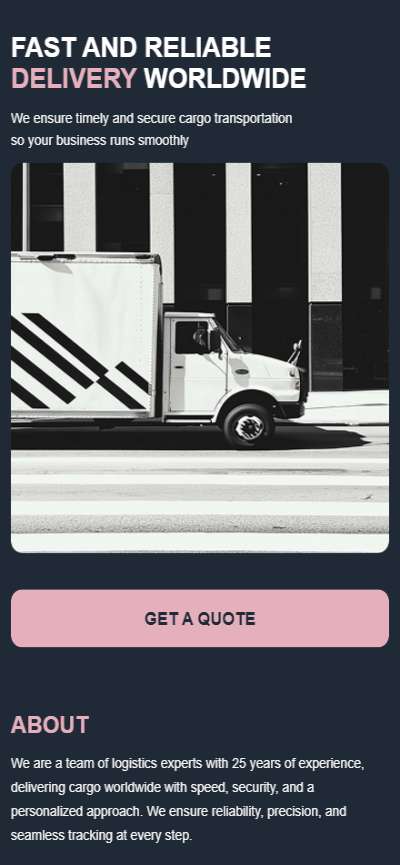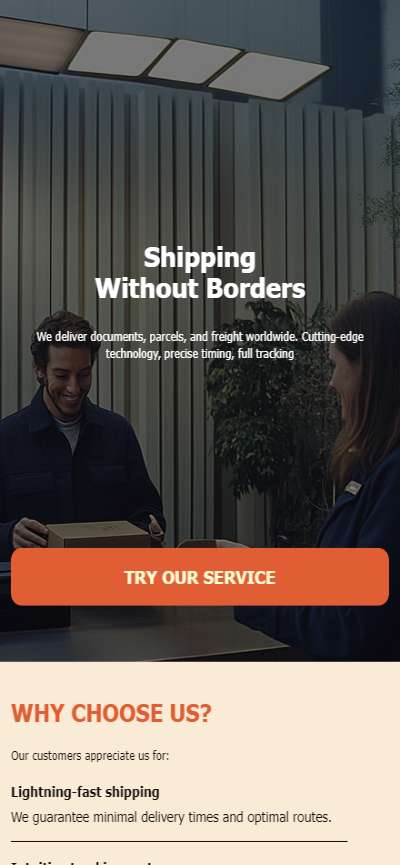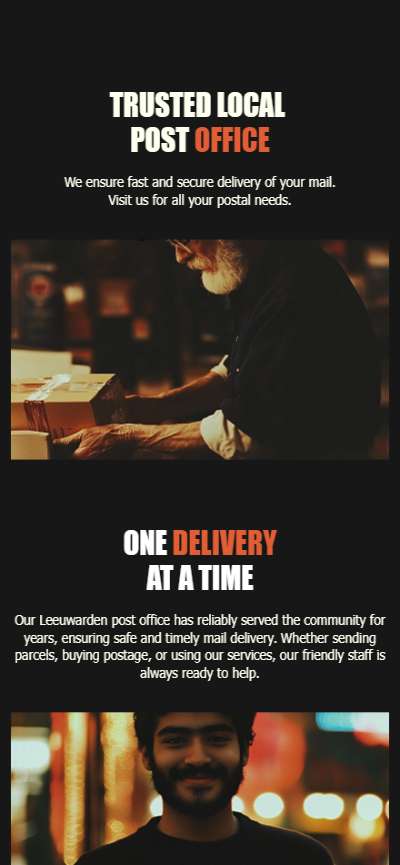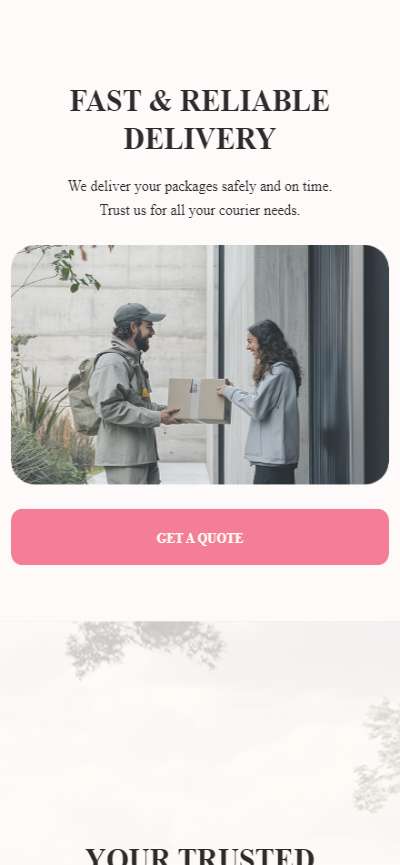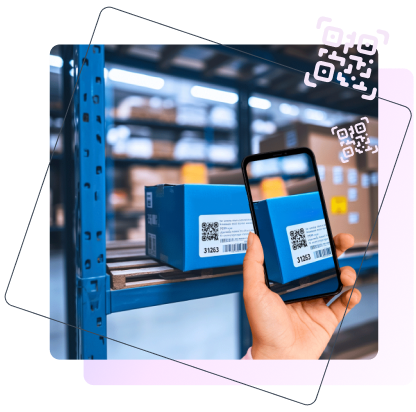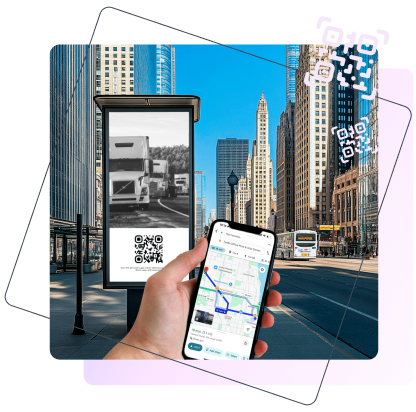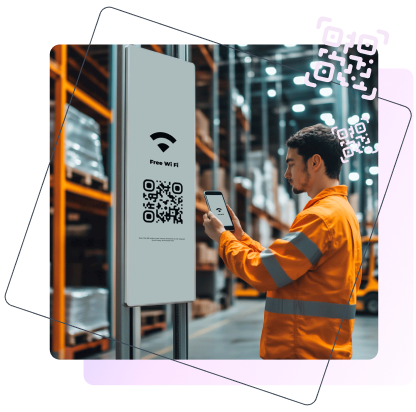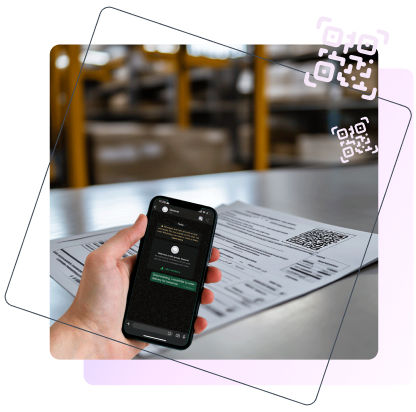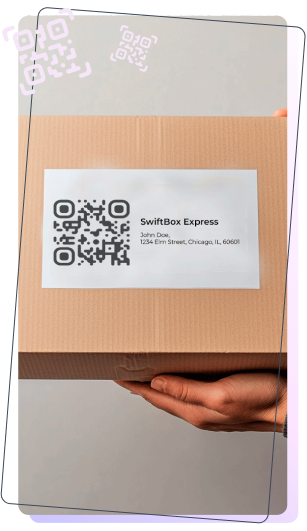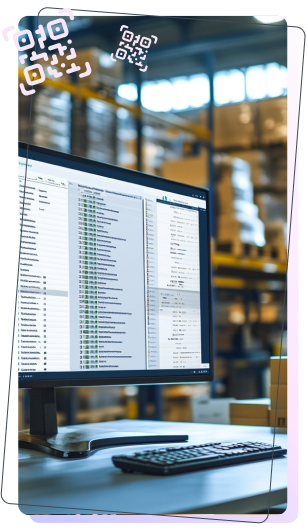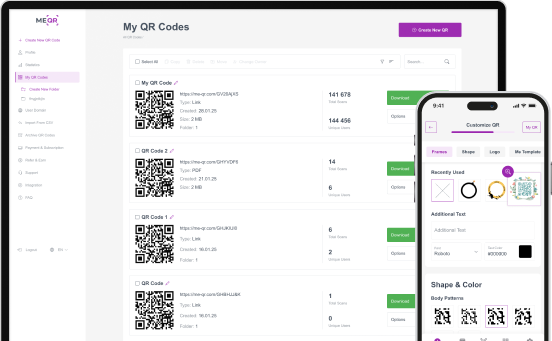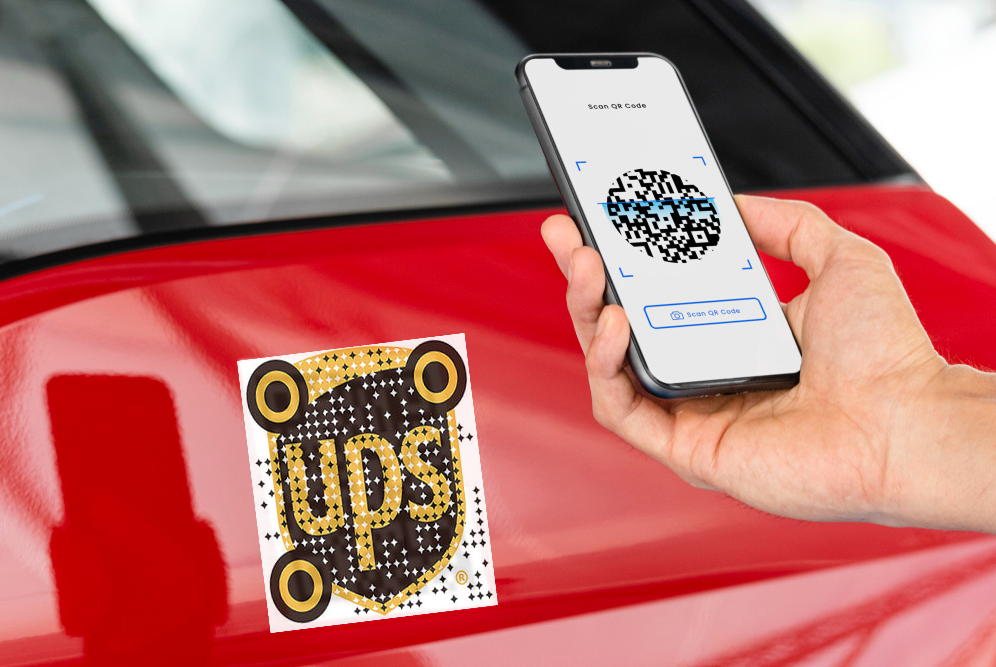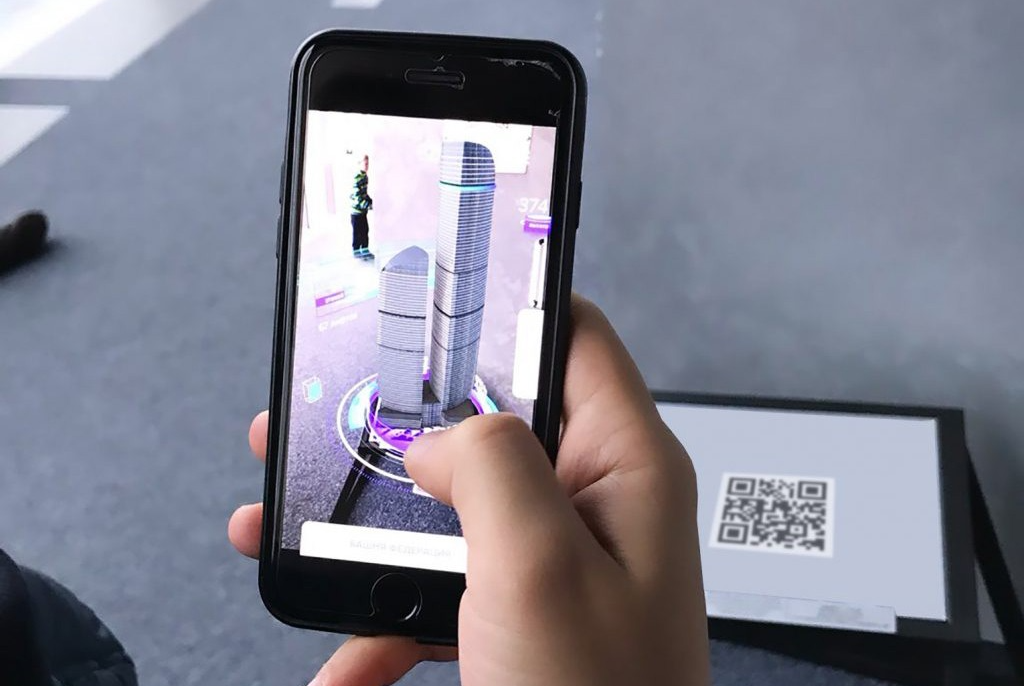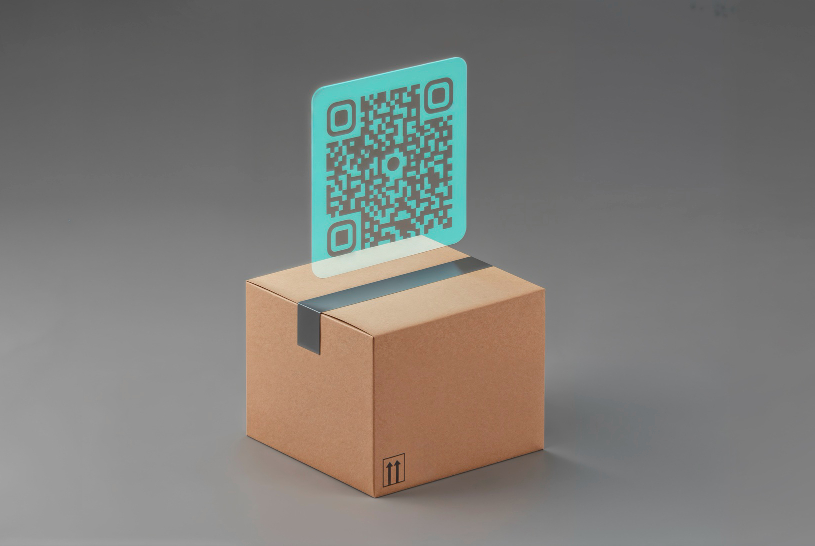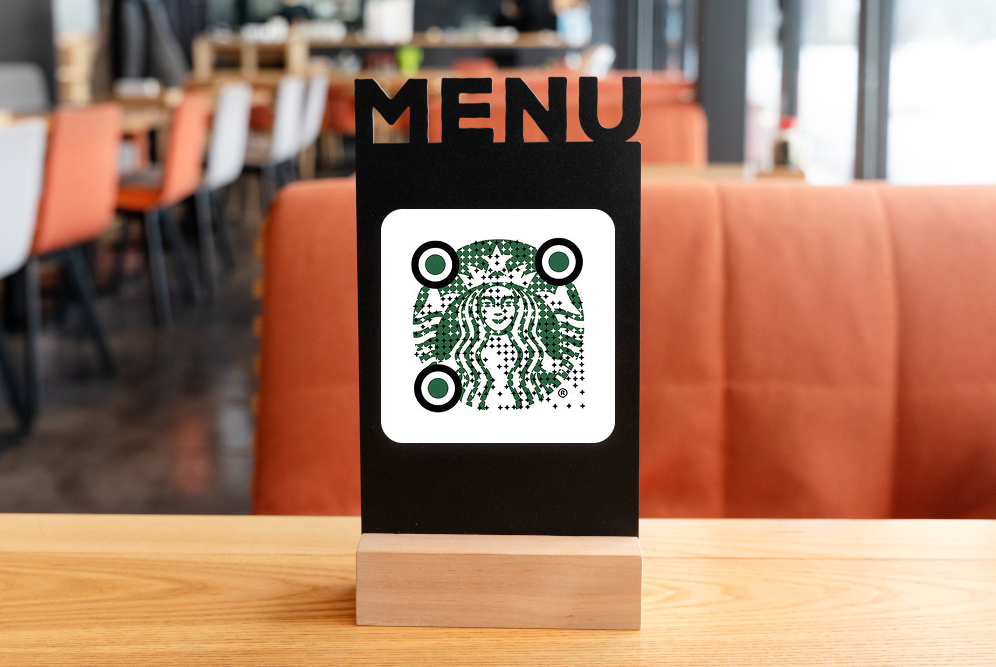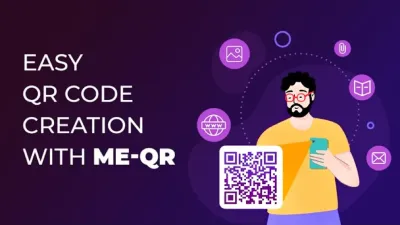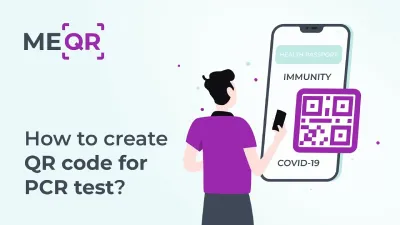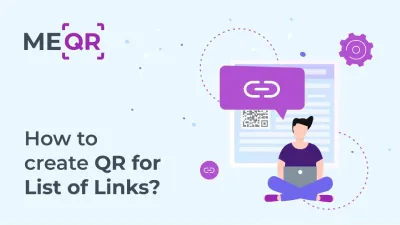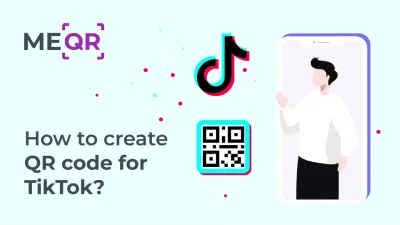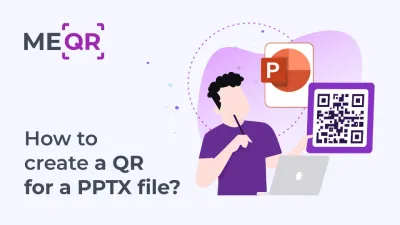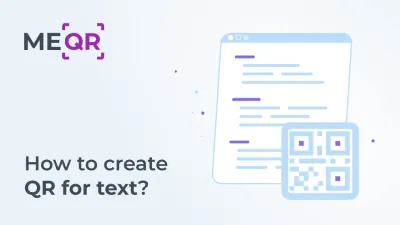Key Benefits of QR Code Usage in Logistics
QR code usage in logistics offers a ton of advantages. Honestly, it’s hard to find a downside. With just a quick scan, you can unlock a world of benefits like:
- Real-time tracking: Know exactly where your shipments are at any moment. No more guessing.
- Paperless documentation: Forget about endless paperwork. Everything’s digital and easily accessible.
- Better communication: From warehouse to customer, QR codes keep everyone in the loop.
- Inventory made easy: Just scan and move on. Inventory management doesn’t have to be a headache.
- It’s cheap: Seriously, QR code logistics systems are pretty affordable compared to other tech investments.
In a nutshell, QR codes give you a faster, smoother, and smarter way to run your logistics operations. But how do different types of QR codes fit into logistics processes? Let’s break it down and explore the specific types of QR codes and how they can work wonders in streamlining logistics tasks.


